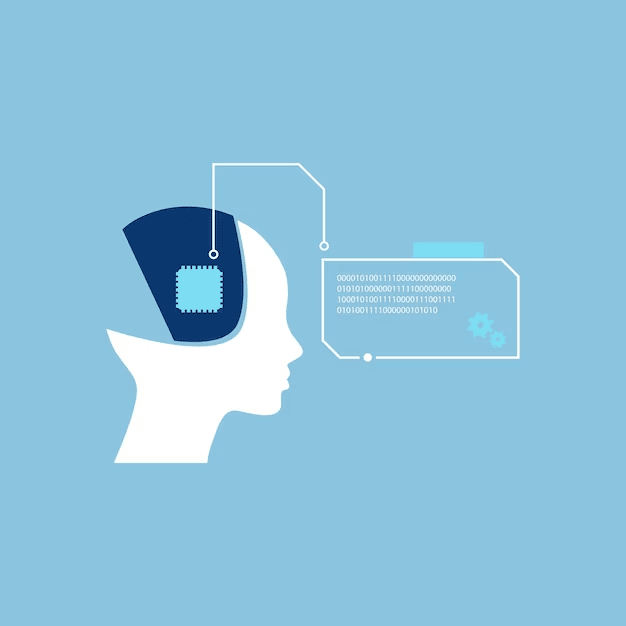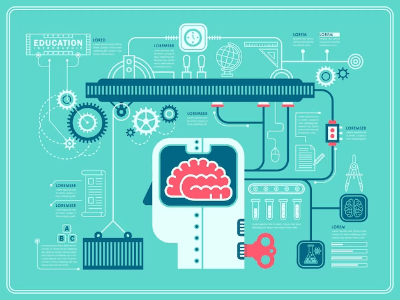Mobile
Mobile development refers to the process of building applications for mobile devices such as smartphones and tablets. It involves using specialized programming languages and tools such as Java, Swift, and React Native to create mobile applications for different platforms such as iOS and Android. Mobile development requires a deep understanding of the unique user interface and design requirements of mobile devices, as well as knowledge of mobile-specific features such as GPS, camera, and touch controls. With the increasing use of mobile devices worldwide, mobile development has become an essential area of software development.
Machine learning
Machine learning is a subfield of artificial intelligence that involves the use of algorithms and statistical models to enable computer systems to learn from and make predictions or decisions based on data. It involves a combination of programming, mathematics, and statistics. Machine learning has a wide range of applications, from natural language processing and computer vision to predictive analytics and autonomous systems. The availability of big data and advances in computing power have fueled the growth of machine learning in recent years.
Nodejs
Node.js is a server-side JavaScript runtime environment that allows developers to build fast, scalable, and high-performance applications. It is built on the Chrome V8 JavaScript engine and is designed to be event-driven and non-blocking, allowing for efficient and scalable network applications. Node.js has a vast library of modules and packages available through its package manager, npm, making it easy for developers to add functionality to their applications. It is widely used for web and mobile applications, real-time applications, and microservices architecture. Node.js has a growing and active community of developers and contributors.
Java
Java is a popular object-oriented programming language that is widely used for developing web applications, mobile applications, desktop applications, and other software systems. It is platform-independent and can run on any machine with a Java Virtual Machine (JVM). Java is known for its security, scalability, and robustness, making it a popular choice for enterprise applications. Java also has a large and active developer community, with a vast range of libraries, frameworks, and tools available to support development.
Security
IT security, or Information Technology security, involves protecting computer systems, networks, and data from theft, damage, or unauthorized access. It includes implementing security measures such as firewalls, antivirus software, and encryption. Effective IT security requires a comprehensive approach that addresses all potential vulnerabilities. Best practices such as regular security assessments, employee training, and incident response planning are essential. IT security is critical in today's world of increasing cyber threats and data breaches.
User interface
UI, or User Interface, refers to the graphical interface through which users interact with a software application or a device. It involves designing intuitive and visually appealing interfaces that are easy to use, with all the necessary functions easily accessible. Effective UI design requires a deep understanding of the user's needs, goals, and preferences. Key elements of UI design include typography, color theory, layout design, and user research. Responsive design is important in today's world of mobile devices, where users expect seamless experiences across multiple devices and platforms.
Devops
DevOps emphasizes collaboration and communication between development and operations teams to streamline the software development process. It involves the use of automation, continuous integration and deployment, and monitoring to deliver high-quality software products quickly and reliably. DevOps requires a deep understanding of both development and operations, and prioritizes security and compliance. It has become essential in today's fast-paced software development environment.
Design pattern
A design pattern is a reusable solution to a common software design problem. It provides a standard way to solve problems and can speed up the development process. Design patterns are often classified into categories such as creational, structural, and behavioral patterns. Understanding and applying design patterns can improve software quality and maintainability. Many popular programming languages have libraries and frameworks that incorporate design patterns.

 English
English



